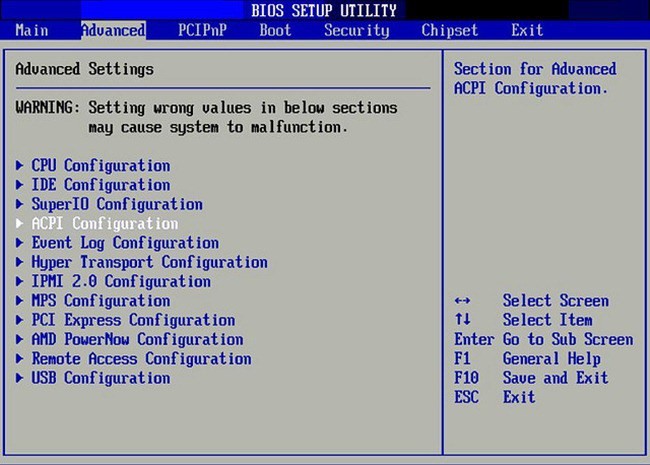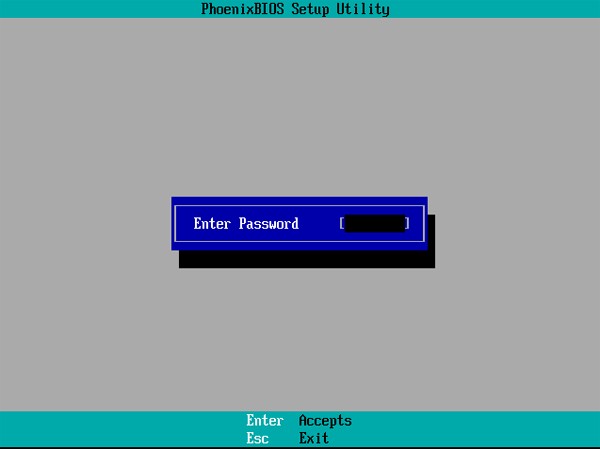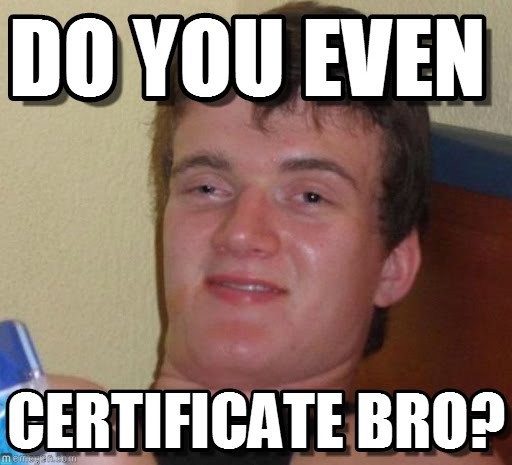--Originally published at Seguridad informática

La política de seguridad es una definición de lo que significa ser seguro para un sistema, organización u otra entidad. Para una organización, aborda las limitaciones en el comportamiento de sus miembros, así como las restricciones impuestas a los adversarios por mecanismos tales como puertas, cerraduras, llaves y paredes. Para los sistemas, la política de seguridad aborda las restricciones sobre las funciones y el flujo entre ellos, las restricciones sobre el acceso de los sistemas externos y los adversarios, incluidos los programas y el acceso a los datos por parte de las personas.
Si es importante estar seguro, entonces es importante asegurarse de que toda la política de seguridad es aplicada por mecanismos que son lo suficientemente fuertes. Existen muchas metodologías organizadas y estrategias de evaluación de riesgos para asegurar la integridad de las políticas de seguridad y asegurar que se cumplan completamente. En sistemas complejos, como los sistemas de información, las políticas pueden descomponerse en sub-políticas para facilitar la asignación de mecanismos de seguridad para hacer cumplir las sub-políticas. Es demasiado fácil ir directamente a las sub-políticas, que son esencialmente las reglas de operación y prescindir de la política de nivel superior.
En resumen las políticas de seguridad son una series de reglas que declaramos para un sistema para que pueda ser lo más seguro posible.


























